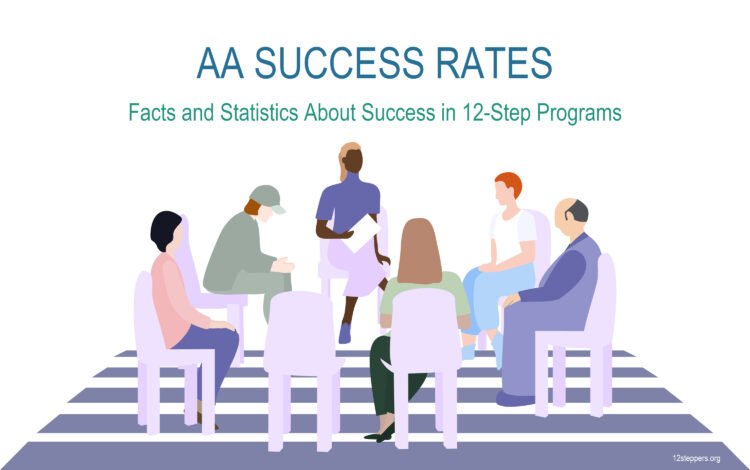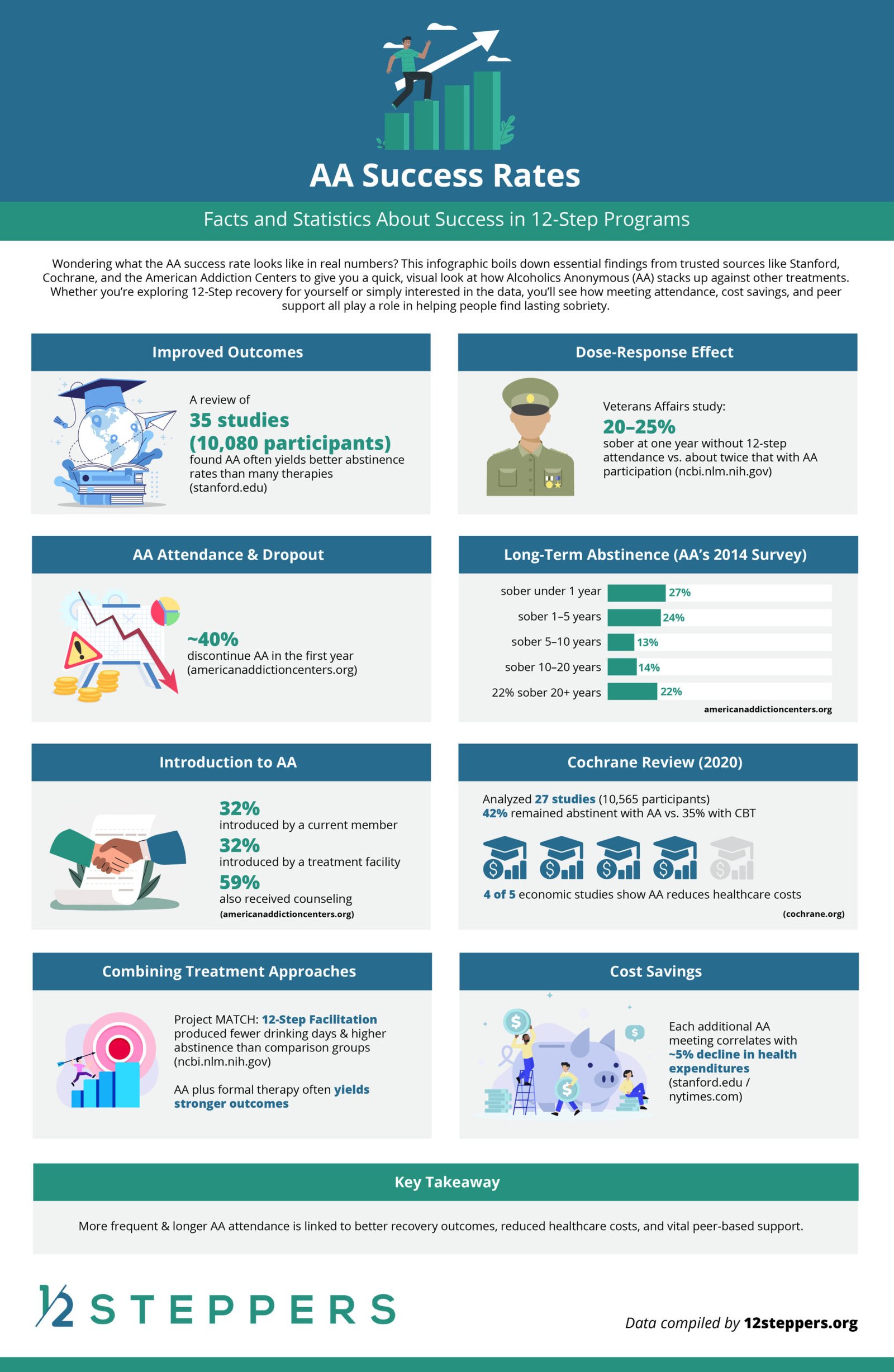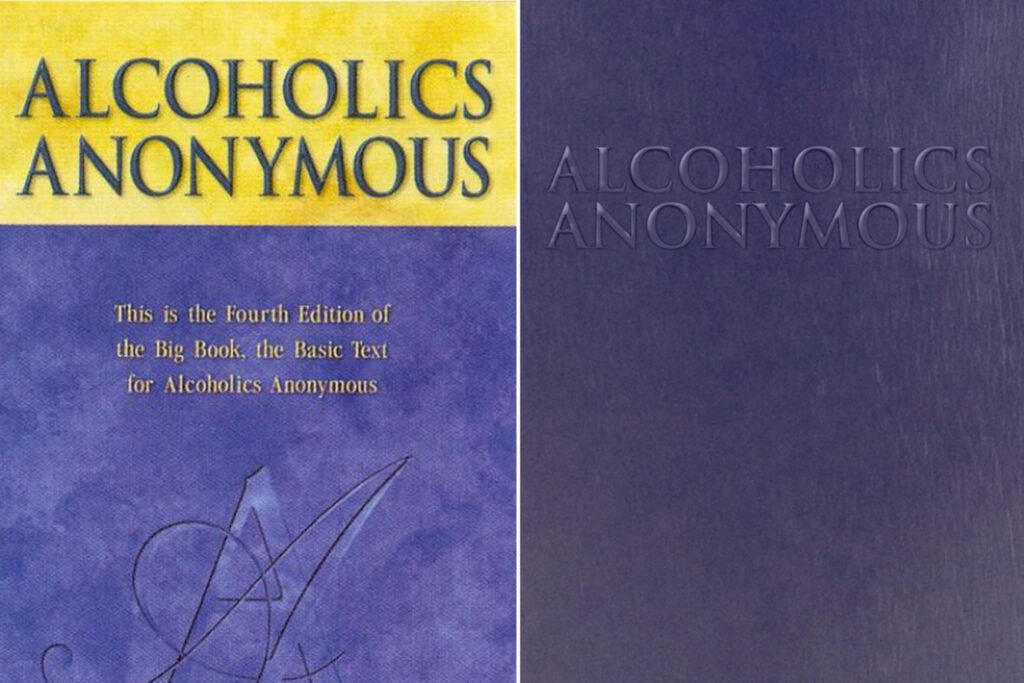AA Success Rates: Facts and Statistics About Success in 12-Step Programs

Alcoholics AnonymousThe original 12-step fellowship, formed in 1935, to help alcoholics, regain control over their lives. It remains the largest 12-step organization and has contributed to the sobriety of millions worldwide. Read more about Alcoholics Anonymous More (AA) has assisted people with alcohol-use disorder since its founding in 1935. It is one of the world’s most recognized mutual-help organizations, with over 2 million members in approximately 180 nations, according to the Stanford Medicine News Center (2020). Many people and healthcare professionals have long wondered if AA truly outperforms or matches other evidence-based treatments, such as cognitive behavioral therapy (CBT).
New studies and updated reviews are now offering more clarity. This article compiles evidence from:
- Stanford Medicine News Center (2020)
- American Addiction Centers (Updated Sep 13, 2024)
- Journal of Addictive Diseases (2009), by Lee Ann Kaskutas, Dr.P.H. (Senior Scientist, AlcoholAn organic compound used in many products, most notably intoxicating drinks. Alcohol addiction is known as alcoholism. The first 12-step program was devised to deal with that malady. More Research Group, Associate Adjunct Professor, School of Public Health, University of California Berkeley)
- The New York Times (2020)
- Cochrane Review (2020)
Key Takeaways
What is the success rate of AA? Exact figures vary by study, but the most recent Cochrane Review (2020) estimates that about 42% of people who participate in AA remain abstinent at one year, compared with roughly 35% for those receiving other treatments like CBT.
After decades of debate regarding its non-professional, spiritual structure, AA is now supported by growing, high-quality evidence:
Strong AbstinenceThe act of not partaking in the substance or activity to which a member is addicted. The length of sobriety of addicts is determined following the period of abstinence. More Results – Numerous studies, including the Cochrane Review (2020), indicate AA participation correlates with greater abstinence rates than many other approaches.
Dose-Response – More frequent and longer AA attendance generally leads to better outcomes.
Cost Savings – Studies in the Cochrane Review point to reduced healthcare costs for those who engage in AA or TSF programs.
Individual Fit – While AA benefits a large segment of individuals with alcohol-use disorders, some prefer less spiritual or differently structured models.
Combining formal treatments like inpatient care or CBT with AA can offer even stronger results. If you or someone you know is grappling with alcohol misuse, it can be worthwhile to explore AA or a 12-step facilitation programThis refers to any official course of treatment for addiction. This could be anything from in-patient facilities, to 12-step programs to harm-reduction programs. More, and then evaluate whether these resources align with your personal or clinical goals.
Brief History of AA
AA began in Akron, Ohio, when Bill Wilson and Dr. Bob Smith, both experiencing severe alcohol addiction, found that mutual support was pivotal for achieving and maintaining sobrietyIn 12-step programs, an individual is sober when they are no longer partaking in the behavior or substance to which they are addicted and living a better life following the program. Both are necessary to achieve sobriety. More. As explained by American Addiction Centers, AA teaches that alcohol-use disorder cannot be controlled, but it can be managed through spiritual growth, personal accountability, and fellowshipThis refers to the members of AA and the bonds of support between them. It is this fellowship that allows addicts to share their stories and accept each other in a world that is not always understanding. More. The program has always been volunteer-based and free, which helps ensure worldwide accessibility.
How 12-Step Programs Work
At the core of AA is its Twelve StepsThe term “12 steps” refers to the core principles of the approach to addiction exemplified by Alcoholics Anonymous and other similar groups. The 12 steps are a set of guidelines designed to help individuals overcome addiction and rebuild their lives. They were created by the founders of Alcoholics A… More. Working these steps guides members to identify their struggles, seek a Higher Power12-step programs greatly stress surrender to and daily communication with a Higher Power. Having trust in something greater than yourself is considered essential for returning sanity in the unmanageable life of an addict. This can be a traditional deity, a spiritual entity or a social one such as th… More as they personally define it, and commit to transformative actions that support long-term sobriety. The steps are:
- We admitted we were powerless over alcohol, that our lives had become unmanageable. More about step 1.
- Came to believe that a Power greater than ourselves could restore us to sanity. More about step 2.
- Made a decision to turn our will and our lives over to the care of God as we understood Him. More about step 3.
- Made a searching and fearless moral inventoryStep 4 recommends the addict conduct “a searching and fearless moral inventory.” This involves coming to terms with the flaws which preceded addiction and those that came as a result of it. More of ourselves. More about step 4.
- Admitted to God, to ourselves, and to another human being the exact nature of our wrongs. More about step 5.
- Were entirely ready to have God remove all these defects of character. More about step 6.
- Humbly asked Him to remove our shortcomings. More about step 7.
- Made a list of all persons we had harmed, and became willing to make amends to them all. More about step 8.
- Made direct amends to such people wherever possible, except when to do so would injure them or others. More about step 9.
- Continued to take personal inventory and when we were wrong promptly admitted it. More about step 10.
- Sought through prayer and meditation to improve our conscious contactBuilding a relationship with a Higher Power is a crucial element in recovery. This involves conscious contact with a Higher Power through prayer and meditation regularly. More with God as we understood Him, praying only for knowledge of His will for us and the power to carry that out. More about step 11.
- Having had a spiritual awakening as the result of these Steps, we tried to carry this message to alcoholics, and to practice these principles in all our affairs. More about step 12.
Meetings, held daily or weekly, offer a supportive forum for members to discuss experiences, share coping methods, and learn from one another. Most newcomers select a sponsorAn individual in a 12-step program requires a sponsor to help them work the steps and hold them accountable for their recovery. The sponsor should be readily available when help is needed. A member with a sponsor is considered to be the sponsee. More (a more experienced AA memberAn AA member is an addict who is interested in recovering from alcoholism and attends meetings. The entire fellowship is designed for the benefit of its members. More) for personalized guidance through the Steps. Though a spiritual element is evident, individuals are free to interpret and apply “a Higher Power” in the way that resonates with them.
Major Findings on AA Effectiveness
Magnitude of Effect and Dose-Response
A Stanford Medicine review (2020), covering 35 studies and 10,080 participants, found that AA often yields better abstinence outcomes than many psychotherapies. Researchers, including Keith Humphreys, Ph.D., attribute AA’s success in part to its accessible peer-led format.
Dr. Lee Ann Kaskutas, Dr.P.H. (Journal of Addictive Diseases, 2009), highlighted a dose-response dynamic: the more meetings people attend, the better their chances of staying sober. A large Veterans Affairs study of over 3,000 participants indicated that only about 20 to 25 percent of those who did not engage in aftercare or 12-step programs were still sober one year later, while roughly twice that many stayed abstinent when they participated.
Consistency and Temporal Accuracy
Consistency: Kaskutas cites studies where 50 to 70 percent of those who attend weekly or near-weekly AA meetings maintain abstinence across various populations and follow-up durations.
Temporal Accuracy: Research such as Project MATCH has shown that attending AA can predict subsequent sobriety. This suggests that participating in meetings frequently can actively drive better outcomes over time, rather than merely drawing people who have already achieved a stable recoveryThe process by which addicts attempt to break the hold a certain substance or behavior has on their lives. This can refer to participation in a wide variety of methods. What they all have in common, is a sense that life is improving and the addict is regaining control. More.
Specificity and Comparison to Other Approaches
Concerns about “self-selection bias” caused earlier debates on AA’s effectiveness. However, The New York Times (2020) reports that a newer Cochrane Collaboration analysis of 27 studies involving 10,565 participants found AA to be as effective, or more effective, than standard care in promoting long-term abstinence. In many trials, AA matched or surpassed the results of structured psychotherapies like CBT.
The newly updated Cochrane Review (2020) further affirms that people in AA or TSF programs show higher continuous abstinence rates over many months or years, compared to those in other active treatmentA blanket term for concentrated efforts to help addicts transition to a healthier life. These can include any of the following (in isolation or combination): therapy, counseling, medication, harm reduction, or moderation. More approaches. According to this Cochrane review, manualized TSF interventions that engage people in AA can lead to better outcomes and facilitate lasting AA participation. The review estimates that 42 percent of participants in AA remain completely abstinent at one year, compared to 35 percent of those receiving other treatments like CBT.
Cost and Healthcare Considerations
The Cochrane Review (2020) notes that AA and clinically-related TSF programs can reduce healthcare costs because AA meetings are free and do not rely on professional fees or insurance. Four of five economic studies examined in the review showed that AA-related programs decreased long-term healthcare expenses, potentially by lowering inpatient admissions and ongoing outpatient costs. The Stanford review and The New York Times coverage similarly highlight cost savings, with one analysis showing that each additional AA meetingAA holds regular meetings of various types to support the recovery of its members from alcoholism. In these meetings, members read relevant literature and share thoughts on their recovery. These events are designed to provide the social glue reinforcing recovery. More correlated with a 5 percent decline in health expenditures.
Debates, Dropouts, and Criticisms
While newer evidence underscores AA’s effectiveness, some criticisms and questions remain:
- Dropout Rates: American Addiction Centers reports that around 40 percent of participants discontinue AA within the first year, which may limit average success rates.
- Spiritual Orientation: Since the 12 Steps reference God or a Higher Power, some individuals find a spiritual component off-putting. Non Religious alternatives exist, including SMART Recovery, but these are not always as widely available.
- AnonymityAlcoholics Anonymous and all the 12 step groups modeled after it, protect the anonymity of its members. Members are forbidden from disclosing the identity of other addicts to outside sources or identifying themselves with the group on any form of public media. The idea behind this is to focus on the… More and Data Collection: Because anonymity is a key principle of AA, rigorous long-term data can be difficult to gather. Many members do not want to share personal details, which can create challenges for researchers.
Nonetheless, the latest Cochrane review, as described in The New York Times, draws upon more rigorous, randomized trials than were available in the past, supporting AA’s reputation as a robust, peer-based approach to alcohol-use disorder.
Success Rates and Statistics
Below are highlights from the five sources:
- Veterans Affairs (Kaskutas, 2009): About 20 to 25 percent of those not in aftercare or 12-step groups achieved sobriety at one year vs approximately twice that percentage for those who did participate.
- AA’s 2014 Survey (American Addiction Centers):
- 32 percent introduced by a current AA memberAn individual who attends 12-step program meetings and has the desire to overcome addiction. More
- 32 percent introduced by a treatment facility
- 59 percent received some form of counseling
- Sobriety durations included 27 percent (under 1 year), 24 percent (1-5 years), and 22 percent (20-plus years).
- Project MATCH: 12-Step Facilitation was linked to fewer drinking days and higher overall abstinence rates than comparison groups.
- Cochrane Review (2020): 27 studies, 10,565 participants. Indicates that manualized AA and TSF programs can yield significantly higher continuous abstinence rates (42 percent) compared to other treatments including CBT (35 percent), and can cut healthcare costs.
Stanford Medicine (2020): Summarizes multiple trials finding that AA not only promotes abstinence but often outperforms or equals other well-known therapies.
Further Reading and References
- Stanford Medicine News Center: Alcoholics Anonymous most effective path to alcohol abstinence (2020)
- American Addiction Centers: Alcoholics Anonymous The 12 Steps of AA and Success Rates (Updated Sep 13, 2024)
- Kaskutas, LA (2009). Alcoholics Anonymous Effectiveness Faith Meets Science, Journal of Addictive Diseases
- The New York Times: Alcoholics Anonymous vs Other Approaches The Evidence Is Now In (2020)
- Cochrane Review: New Cochrane Review finds Alcoholics Anonymous and 12-Step Facilitation programs help people to recover from alcohol problems (2020)
If you are interested in seeing whether AA might be a good fit, you can locate an in-person or online meeting at AA.org or explore other community and professional treatment options.







